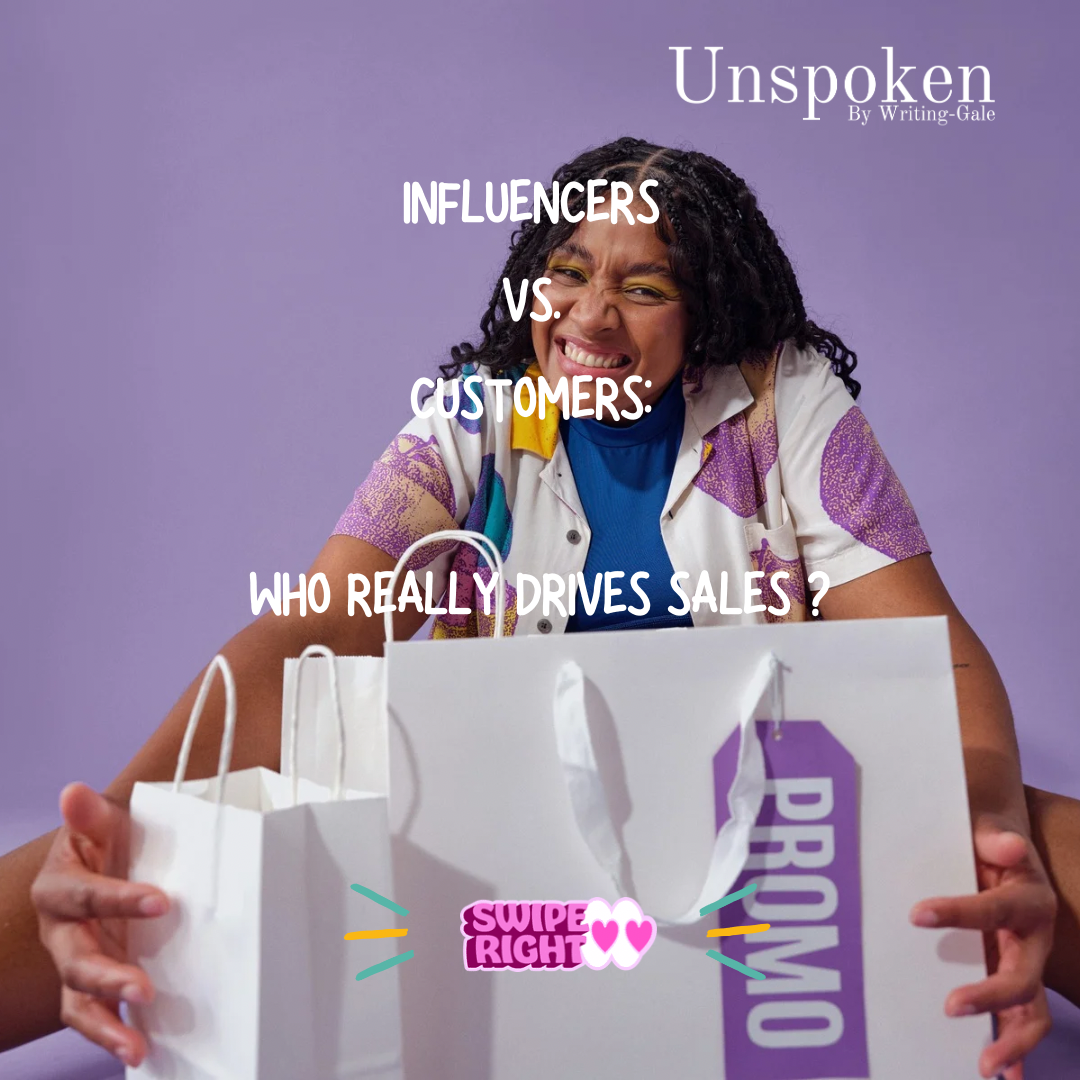By Kimani Alhassan
In today’s fast-paced digital world, brands are constantly testing what works best—visibility or trust. Influencers and everyday customers both play a role in shaping buying decisions, but when it comes to actual sales, which one holds more power?
Influencers bring reach, aesthetics, and social proof. A skit maker drinks a herbal tea and claims it works wonders—orders start rolling in. A fashion influencer posts a stunning outfit with “Get yours from @xyzfashion,” and suddenly, their DM is buzzing. We love compelling visuals, and influencer marketing, when done right, makes products desirable. It’s not just about selling—it’s about making people want to be part of something.
But here’s the thing: Not every influencer campaign converts into sales. Many Nigerians engage with influencer content for entertainment, not necessarily to shop. A viral product may generate thousands of comments, but if most people are just tagging friends, dropping memes, or laughing at the ad, is it truly driving conversions?
On the other hand, word-of-mouth marketing is timeless. When a friend swears by a skincare product or a cousin raves about a small food vendor, we listen. We trust real-life experiences over scripted promotions. A strong testimonial from a satisfied customer often holds more weight than an influencer ad because it’s authentic and unpaid.
So, which is more powerful? The truth is, they serve different but complementary purposes. Influencers create the hype—getting your brand seen, talked about, and desired. Real customers sustain the business—driving credibility, trust, and repeat sales.
For brands, the winning formula isn’t choosing one over the other—it’s leveraging both strategically. Influencers introduce the brand, but the product itself must deliver an experience so good that real customers become your most powerful marketers. Because at the end of the day, visibility may spark interest, but trust is what truly sells.

